Certain ingredients that a professional chef might work with in a restaurant-style setting may seem bizarre, dangerous, and even downright scary to a home cook, and for good reason.
One of these examples is lye. Yes, that's lye, the alkaline base used to make soap, dissolve human bodies (and glass), create sodium metal, and more commonly, clean drains. Its scientific name is sodium hydroxide.

Crystal drain opener, aka 100% NaOH, aka sodium hydroxide, aka lye.
Why Is Lye Used in Food?
Lye is definitely not for the faint of heart. The Atlantic Monthly points out that on the pH scale, your stomach acid is 1.5, which can burn through carpet fibers, while lye's is 13. While it needs to be handled with care—and with gloves and goggles on—the food-grade variety is also indispensable to creating certain flavors in food.

Donning lye-protective gear.

Food-grade lye added to cold water.

Donning lye-protective gear.

Food-grade lye added to cold water.
It removes the bitterness from olives, gives ramen noodles their particular meaty-yet-mineral taste and chewy texture, and is the crucial ingredient in soft pretzels to create that shiny, crunchy brown surface and limestone undertone that contrasts so delightfully with the tender wheat interior.

Lye... yum. An assortment of ramen noodles at a Japanese restaurant.
According to food and science writer Harold McGee, lye is even used in Oreo cookies. It's also used to process cocoa, mandarin oranges, and lutefisk.
Lye is crucial to creating the Maillard reaction in pretzels especially, which is when heat causes the amino acids in foods to rearrange themselves, producing changes in color and smell. The Maillard reaction is what makes roasting meat smell so enticing and gives rise to the rich aroma of baking bread.
As said before, this is all done using the food-grade variety of lye, though there are some bravesouls out there that have cooked with 100% lye drain cleaner from the hardware store. We don't recommend that. If you don't want to hunt for the food-grade stuff (which also works on clogged drains), try using the no-lye alternative below instead.
Baking Soda: A Safer Alternative for Home Cooks
For cooks who want to try making pretzels or ramen noodles at home and don't want to use lye, there is a happier, kinder alternative that will reproduce a similar effect: baking soda.

These glorious-looking soft pretzels were made with a baking soda bath, not a lye one.
Baking soda is a much weaker alkali than lye, but on its own, it's too mild-mannered to mimic lye's effects on food. So in order to get it to perform better, you just need to take one more step: bake it in the oven.
Harold McGee explains that heating up baking soda increases its strength as an alkali. Baking soda (sodium bicarbonate, also CHNaO3), will give up carbon dioxide and water after being heated in the oven. It then becomes sodium carbonate (Na2CO3).
How to Turn Baking Soda into Sodium Carbonate
The instructions couldn't be simpler. Spread a thin, even layer of baking soda in a shallow cookie sheet that's been covered with foil. Bake in an oven at around 300°F for an hour. Store in a tightly sealed jar.

Baking soda, ready to be transformed after some time in the oven.
While it's not as corrosive as lye, you still don't want to touch it if at all possible. You can substitute it for the lye wash in any pretzel recipes (and even some cookie recipes) you might come across.
Sodium Carbonate = Washing Soda
Extra bonus: if you're the DIY type, you can use your DIY sodium carbonate to make your own laundry detergent and coffee-based film developer. Sodium carbonate also goes by the name washing soda. Its pH is 11.6, which makes it perfect for softening water and breaking down stains.

A photo developed using Caffenol (instant coffee, washing soda, and vitamin C).
Want to learn more fun facts about sodium bicarbonate? Check out Yumi's illustrated guide for some unexpected uses for baking soda.
Cover images via Jennifer Murch/Mama's Minutia















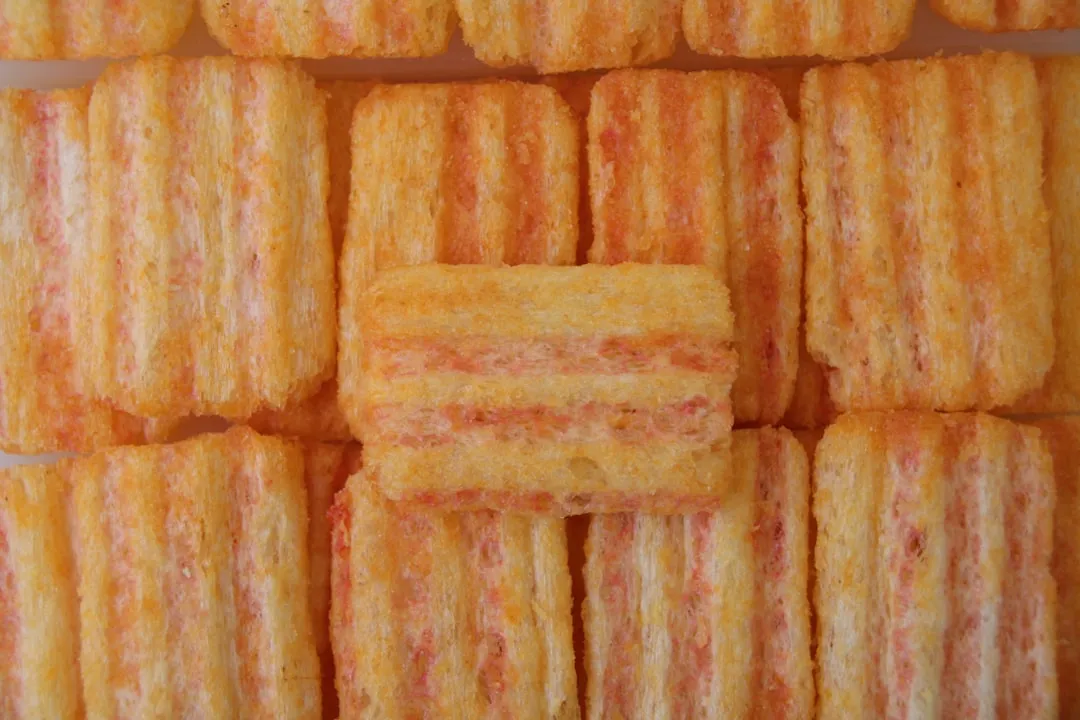
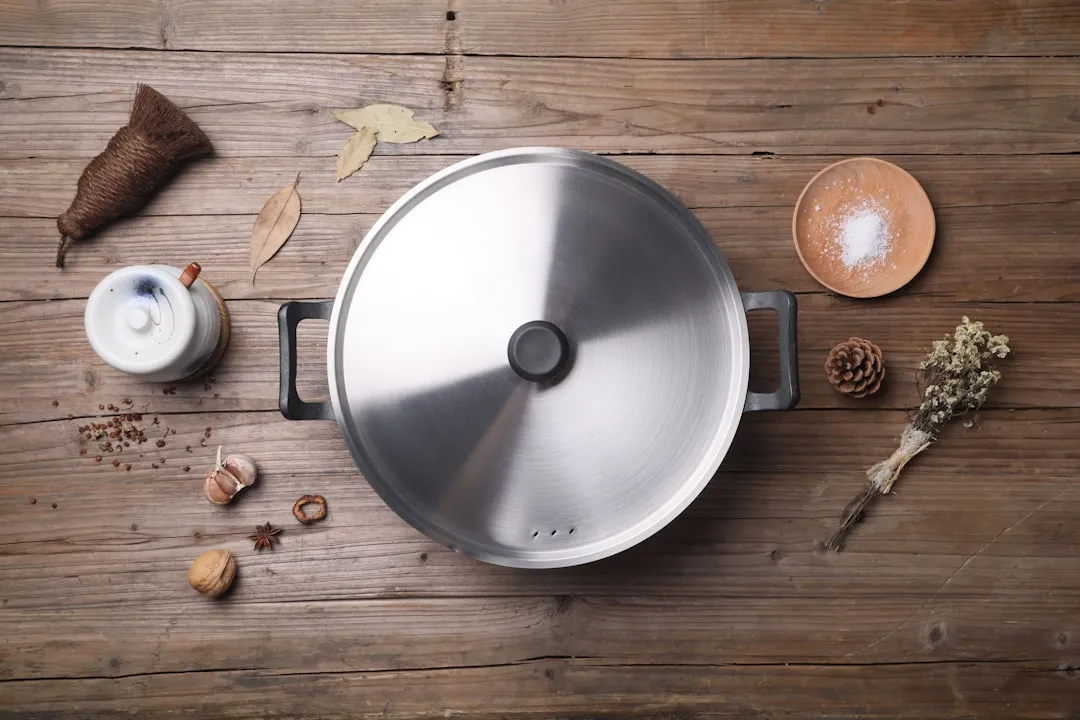
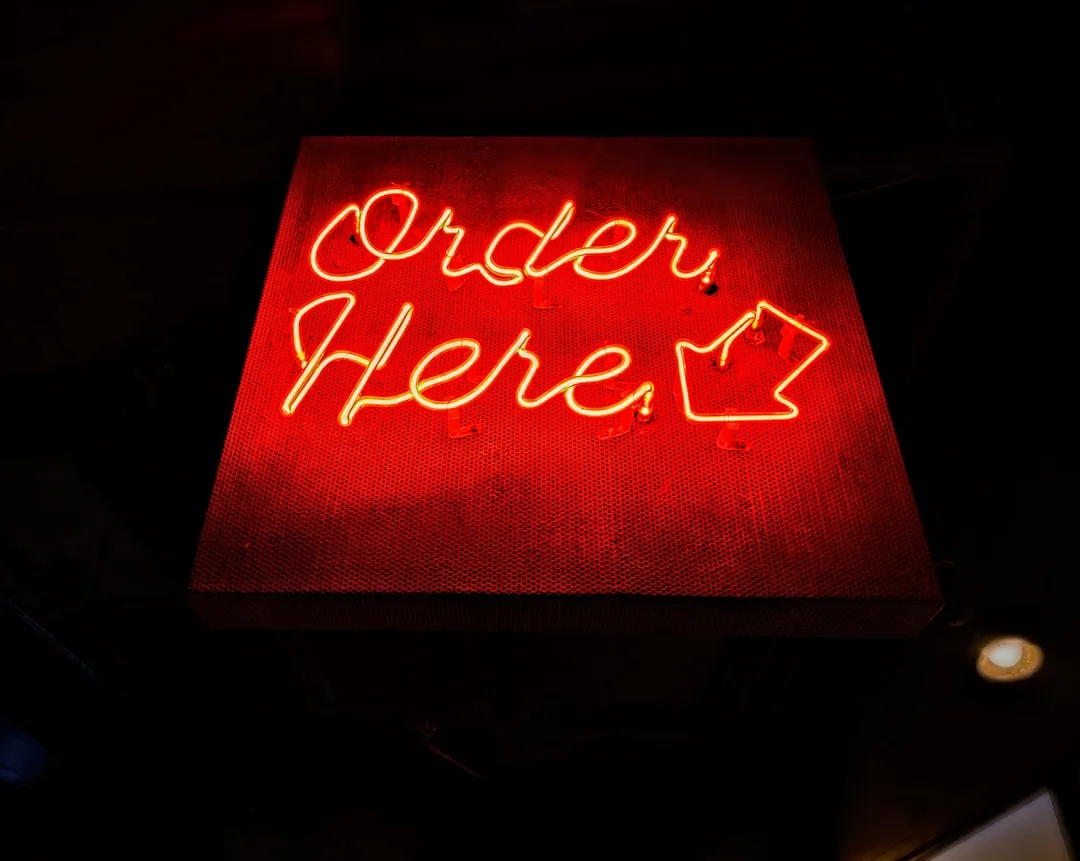



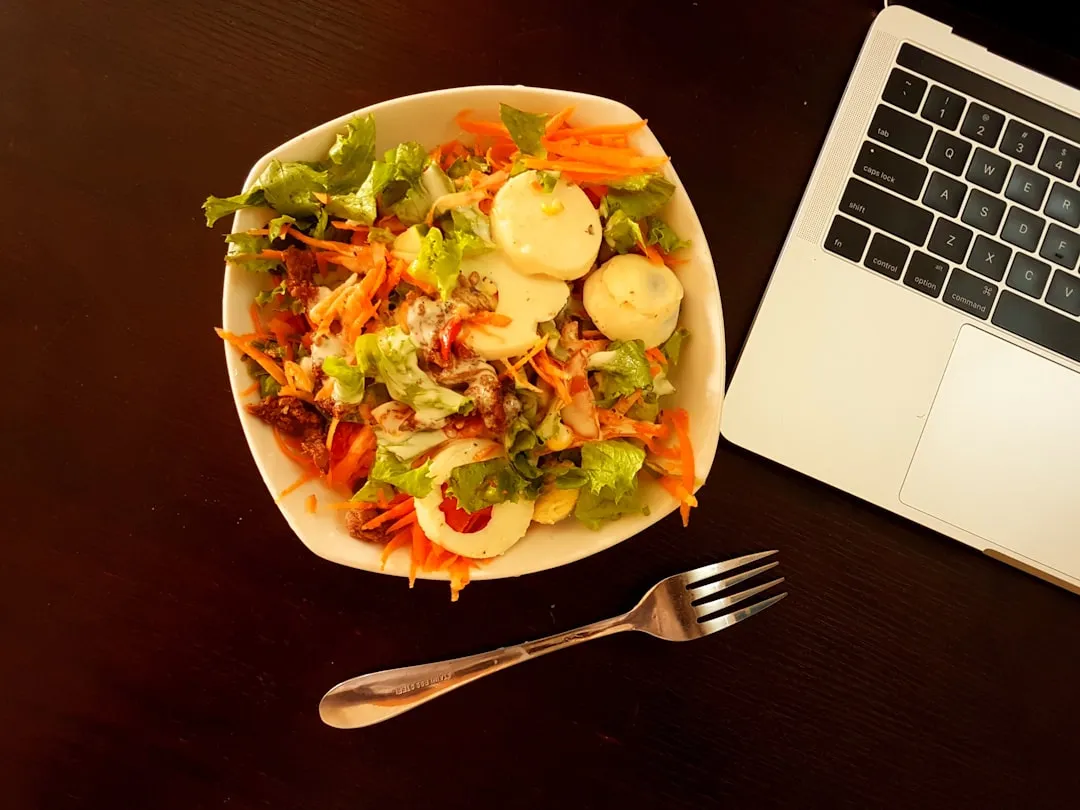
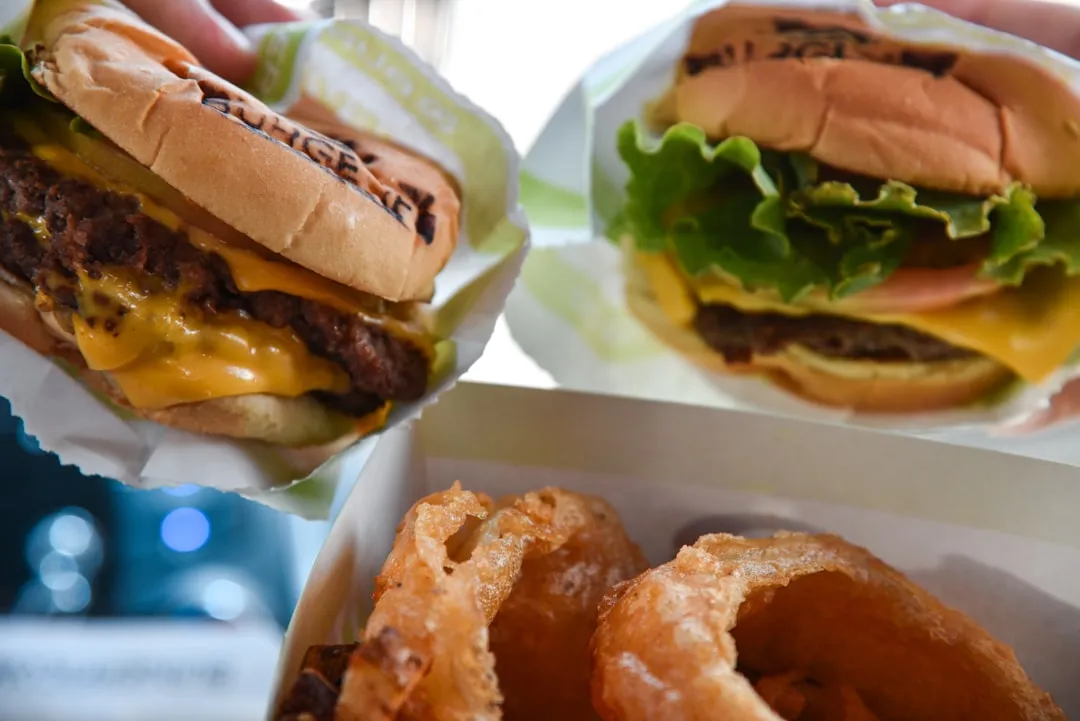


Comments
Be the first, drop a comment!